Chris O’Leary spent much of the last decade with David Bowie. Just not in person.
O’Leary never met the Grammy-winning rock star, who died in 2016 at age 69, and saw him only once, from a distance, on a concert stage. But in February 2019, O’Leary (COM’94) published Ashes to Ashes: The Songs of David Bowie, 1976-2016 (Repeater Books, 2018), a follow-up to his song-by-song analysis of Bowie’s output from 1964 to 1976, Rebel Rebel (Zero Books, 2015). Both are outgrowths of a blog he started in 2009, Pushing Ahead of the Dame—the Dame being one of the shape-shifting musician’s many monikers, along with Ziggy Stardust, Aladdin Sane, and the Thin White Duke.

Chris O’Leary (COM’94), author of Ashes to Ashes, at home in Easthampton, Mass. Photo by Julian Parker-Burns
The most startling fact for rock fans who think of Bowie as one of his famous 1970s alter-egos is that his first, unsuccessful single (as David Jones with the King Bees), “Liza Jane,” came out before the Beatles’ “I Want to Hold Your Hand.”
“Yes, that’s crazy,” O’Leary says. “He was very young—he was 17. But it’s kind of amazing how long he was at the coalface, hacking away, trying to get in.”
The two books offer detailed information, including when and where each track was recorded, the personnel involved in each song, and musical and lyrical analysis, all bound up with commentary from O’Leary, a freelance writer and editor who lives in Easthampton, Mass. Together, they offer a granular view of one of the most brilliant, influential, and at times, perplexing careers in rock.
Except for Bowie’s mid-1980s grab at global mega-stardom with Let’s Dance, the songs in Ashes to Ashes tend to be less widely known than his earlier hits. The book encompasses his critically acclaimed “Berlin period,” with Iggy Pop and Brian Eno, all the way to Blackstar, the final album, released just days before his death.
Bostonia spoke with O’Leary about his deep dive into Bowie’s music.
Read about five overlooked Bowie tracks from Ashes to Ashes.
Bostonia: You spent years helping readers understand an artist whose appeal rests in part on the notion that he is an alien, an Other, an enigma.
O’Leary: I hope the books don’t remove too much of the mystique, because I think that’s part of the fun with him. But I think there was enough of him that remains pretty unknowable, despite whatever research you do. I hope it doesn’t spoil anything.
Who are the people who want this kind of exhaustive detail about Bowie?
About the books, I’m not really sure who’s buying them. In terms of the blog audience, it was interesting to see a sort of generational shift. The people who first glommed onto it tended to be older fans, people who knew him in the Ziggy Stardust period, when they were teenagers. As it went on, you could see the shift, in that some of these older fans didn’t care to read about Bowie’s film Labyrinth or his band Tin Machine, later stuff that didn’t appeal to them. But by that time there had been an influx of new people who were my age or younger. Their Bowie was Bowie from the ’90s.
Given that Ashes to Ashes clocks in at 700 pages, it was amusing that you recently tweeted about a friend’s novel called Infinite Detail.
Yeah, that could have been the subtitle of my book. I think it’s primarily just the number of songs. The first book, Rebel Rebel, is just the first decade essentially of his career, and some of the albums don’t have a lot of songs—Station to Station is only six songs, and there’re no outtakes. Whereas with albums like 1. Outside and Reality, which people don’t know very well, there’s a lot of stuff.
You deal with the period between the huge success of Let’s Dance and those last couple of albums, which seems to have represented a long period of struggle for Bowie.
Certainly, in good and bad ways. There’s a period in the late ’80s where he seems a bit at sea, he’s not writing very good songs anymore, and he’s aware that he’s not. He has to reboot himself, and the first step is Tin Machine, when he tries to erase David Bowie by being one member of a band. And then he’s trying to reconnect with youth music in a way he hadn’t been in a long time—doing drum-and-bass stuff and trying to appeal to Nine Inch Nails fans. And there’s a period where he kind of accepts being a legacy figure, in the early 2000s, where he has his last big tour, he’s playing stadiums and singing “Space Oddity” and “Rebel Rebel” again. He’s happy at last to be a beloved older star.
And then what happened?
And then he disappeared for a decade. Another reboot in a way. I don’t think it was intentional. I don’t think he sat down on August 1 of 2003 and said, “Here’s the plan.” It was very gradual in that he just didn’t feel inspired. And he wanted to devote time to being a parent. He had a young kid he wanted to be there for. I think that was a huge part of it. He was happy in New York, going to bookstores and going to shows. But I do think his absence is really, really important to the end of his career.
How so?
I think those last two albums maybe don’t land with as much of a punch if it hadn’t been him popping up from the void after a long time. Certainly the Next Day record, the power of that record is its surprise factor. It’s fundamentally not that different from Reality, a decade before. Blackstar is different. Obviously it’s connected to his death, that gives it the poignancy, but even when it came out, in the few days before he died, it was perceived as a pretty major work, the kind he hadn’t put out in a long time.
You never had a chance to speak with Bowie. If you had, what would you have said?
My question would have been some completely geeky thing like, are there Low outtakes? Or is there a lost album that you never told anybody about? Things like that.
Five overlooked Bowie tracks from Ashes to Ashes
“Some Are,” an outtake from the Low sessions cowritten with Brian Eno, released on a 1991 reissue.
“It’s a very beautiful song, very beautiful melodically, and the culmination of the thing Bowie was doing in this period, having lyrics that weren’t quite set in stone, very phonetic, with a lot of homonyms, so it’s this blur of language. Philip Glass used it as one piece of his Low symphony; the irony is that at present, it’s not on Low.”
“When the Wind Blows,” title song of the 1986 animated film of the same name.
“It’s a cartoon based on an anti-nuclear-war book by Raymond Briggs. It’s very horrific, in a very British way, about an old couple dying of radiation sickness after a nuclear war starts. It’s real cheery. But the title song Bowie did for it is really gorgeous, and he sings it with a depth and solemnity that adds to the tragedy. And the irony is, it comes out of the period when he’s doing a lot of junk like the Mick Jagger duet ‘Dancing in the Streets.’”
“Bus Stop,” from the 1989 eponymous debut album by the band Tin Machine.
“It’s unlike the other songs on that album. It’s short, it’s catchy, it’s punchy. It’s one of the most punk things Bowie ever did. And it’s very, very funny. It’s Bowie in this East End London voice, the voice of a guy who’s not a religious believer at all, but his girlfriend is like a Pentecostalist, and he has to pray with her all the time, and it’s starting to drive him crazy.”
“Strangers When We Meet,” recorded for the Buddha of Suburbia soundtrack and later redone for the album 1. Outside.
“The great lost Bowie pop song of the ’90s. It’s a great Bowie melody, it’s poignant, he sings it very well on both versions, and in both cases it just didn’t quite connect. A song that kind of fell through the cracks. I feel if people heard it, they’d be like, ‘Wow, that’s a classic Bowie song.’”
“So She,” a bonus track on 2013’s The Next Day.
“It’s short, it’s moody and strange and very compelling, mysterious in ways the other songs on that album aren’t. A sprightly, dancing, secretive song that might get lost.”


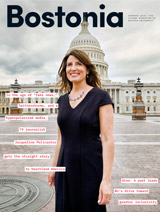
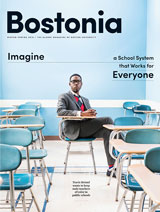



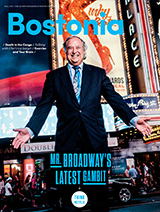
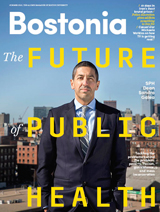


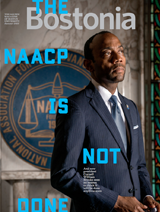
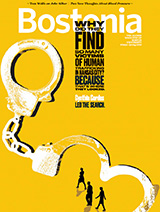

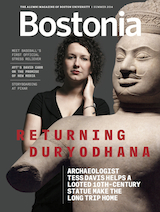

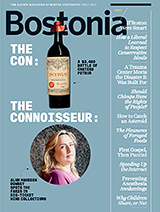
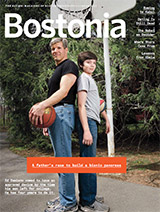



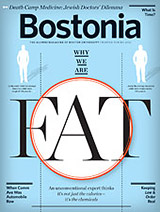

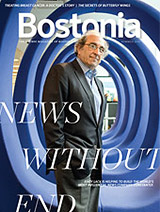
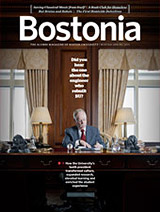
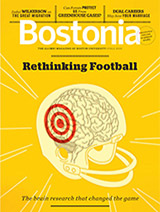




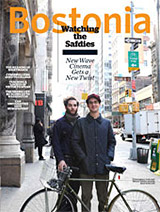
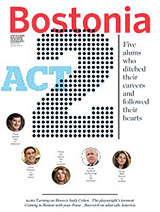
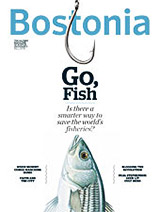






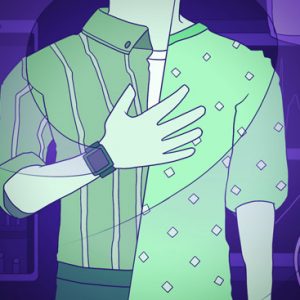







Related Stories
David Fromkin, Pardee Center Founding Director, Dies at 84
Scholar’s book on the Middle East impressed critics and world leaders
Emma (Jayne) Seslowsky Releases Debut Album
COM student records Jetlag’s 10 tracks on Nashville’s Music Row
Men’s Club Hockey Celebrates First Decade with a Milestone
Team advances to nationals for the first time
Post Your Comment